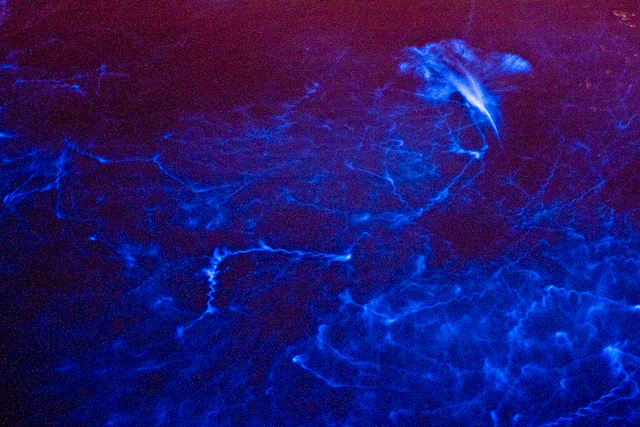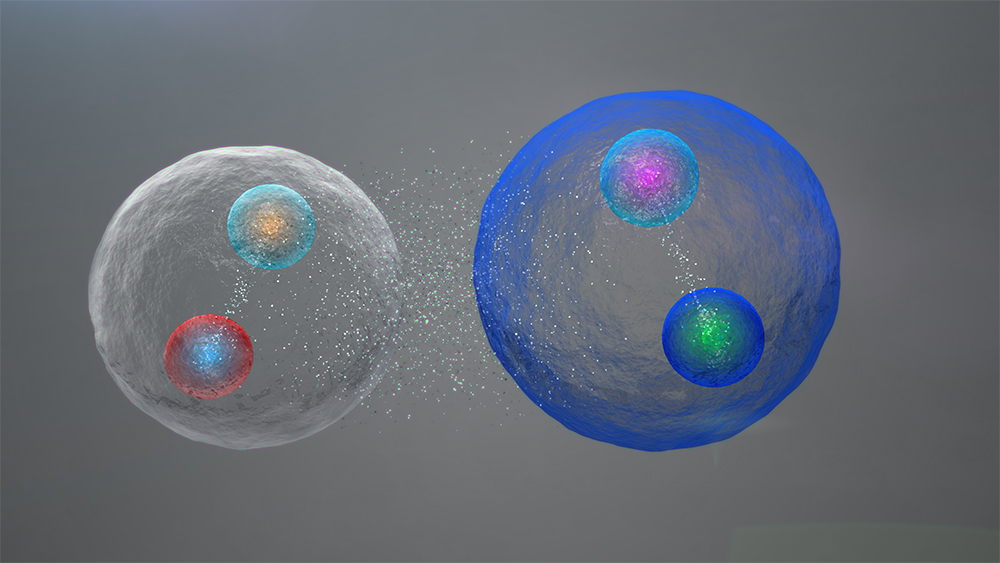It was so dark all around that Hazel could barely see her feet. Stars twinkled in the moonless sky like diamond dust. Her dad pulled her aside as a low mangrove branch brushed the top of her head. Their boat quietly sailed through the dark waters. In contrast, her fingers tingled with excitement. She was about to see what their guide called ‘fireworks in the water’.
Hazel and her parents had arrived in Puerto Rico a couple days ago. This beautiful archipelago (island group) in the Caribbean Sea is a well- known tourist destination. And among other attractions is the bio bay where Hazel is headed.
The guide had now stopped the boat. Hazel dipped her hand in the water and swirled lightly. Suddenly all around her hand the water shone a brilliant green-blue. It looked like several diamonds from the sky had just fallen in the water. The more she moved her hands, the more the water glowed. Someone a little ahead was swimming in the water. The dark water all around her body burst into a firework of blue sparkles. In the darkness Hazel could not see the boats, just their blue trails behind.

These waters are filled with millions of bioluminescent plankton. The micro-organisms are capable of generating light, much like fireflies. Only, they need movement to produce their bursts of light. So whenever Hazel stirred the water, the plankton around her started producing light. That’s what looked like fireworks or fairy dust in the water.
Unfortunately environmental pollution is diminishing this unique natural beauty. Bright light from buildings near the beach has overshadowed their sparkle. Garbage thrown in the water is killing the plankton. We all have a responsibility to conserve our natural heritage, whether as tourists or as public officials. After all “The frog does not drink up the pond it lives in ” – A Sioux Tribe proverb.
Can you think of other animals that have bioluminescence? Hint- Most deep sea fishes need to produce their own light.





Leave a Reply